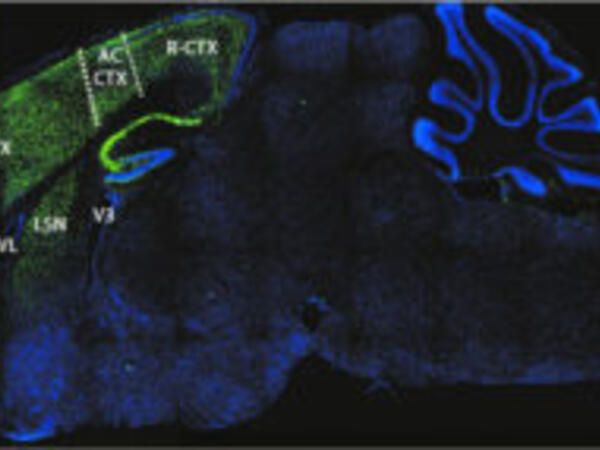
David
Hampson
144 College Street
Toronto ON M5S 3M2
Canada
Area of Research
The Hampson laboratory-based research was centred on the study of the structure, function, and molecular pharmacology of neurotransmitter receptors in the brain, particularly glutamate channels and G-protein coupled metabotropic glutamate receptors. More recently they have investigated the development of viral vector-mediated gene therapy treatments for two genetic disorders: Fragile X Syndrome and Dravet Syndrome.
Legacy & Ongoing Engagement
Dr. Hampson continues to collaborate with Dr. Lori Isom at the University of Michigan to develop gene therapy treatments for Dravet Syndrome. He is currently a Scientific Advisor for Re:Pair Genomics Inc., a biotech company founded by former members of his lab at the Leslie Dan Faculty of Pharmacy. Dr. Hampson also works part-time for Fragile X Canada on a project to create a nation-wide registry of persons with Fragile X Syndrome.
Publications
Keywords: autism, epilepy, Dravet Syndrome, genetic disorders, gene therapy, neural developmental disorder, Fragile X Syndrome


